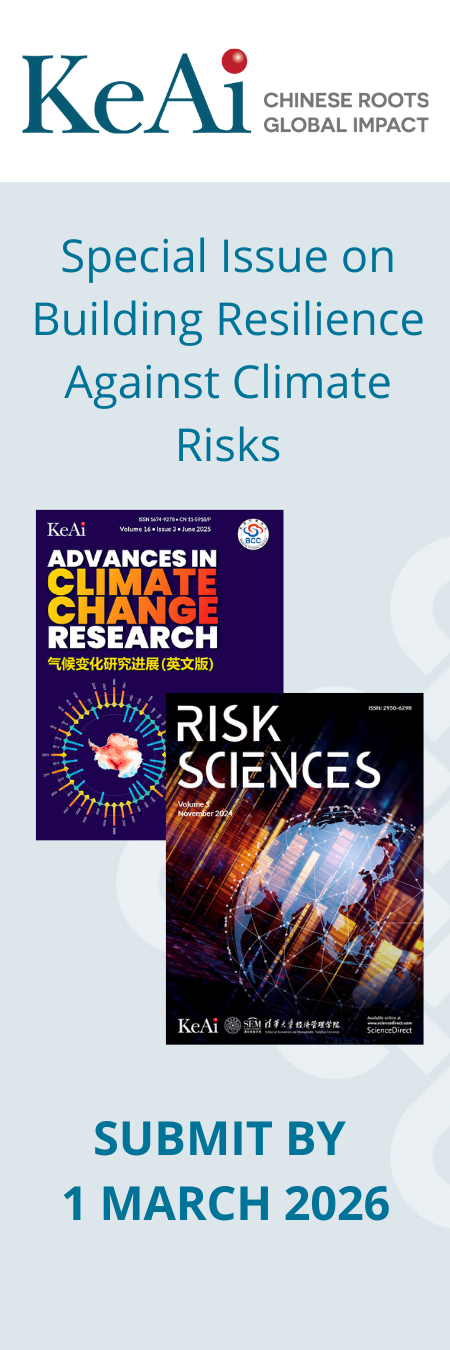Special issue: Systemic Socio-economic Revolutions towards China’s 2035 NDCs
Published 30 October, 2025
In September 2025, China announced the new 2035 Nationally Determined Contributions (NDC) target at the United Nations Climate Change Summit. By 2035, China aims to reduce economy-wide net greenhouse gas emissions by 7% to 10% from peak levels. The country also plans to increase the share of non-fossil fuels in total energy consumption to over 30%, and to expand the installed capacity of wind and solar power to over six times the 2020 levels — reaching a total of 3,600 gigawatts.
In addition, China will scale up total forest stock volume to over 24 billion cubic meters, make new energy vehicles the mainstream new vehicle sales, and extend its National Carbon Emissions Trading Market to include major high-emission sectors. These efforts will contribute to the establishment of a climate adaptive society and inject new momentum into global energy transition and climate governance.
China is currently entering a new phase of steady economic development, with efforts underway to decouple the GDP–energy–carbon nexus. In pursuit of its goals to peak carbon emissions before 2030 and achieve its NDC targets by 2035, the country is deepening its economic and social transformation. This transition calls for coordinated action across multiple sectors — energy and power, industry, construction, transportation, and agriculture — to achieve effective GHG mitigation while ensuring economic and social development.
Among these, energy and power sectors, as the main source of carbon emissions in the entire economy system, face strong pressure to undergo low-carbon transformation. China must seize the transition window of the 15th Five Year Plan to balance energy security with economic stability and identify efficient, feasible pathways toward its GHG mitigation targets.
China's 2035 NDCs represent a milestone that will closely align with the nation's broader modernization target. Driven by policy innovation, industrial restructuring, disruptive technology deployment, and supply chain restructuring, China's modernization trajectory will be firmly anchored in green, low-carbon, and high-quality development.
Main topics:
- 2035 NDC under the perspective of climate ambition
- Sequential contributions and emission scenarios of China's economy-wide GHG mitigation
- Analysis of carbon mitigation potential and economic benefits in key sectors
- Analysis of Non-CO₂ GHG mitigation potential and economic benefits
- Analysis of carbon sink potential and economic benefits in agriculture, forestry, and marine sectors
- Energy transition pathways aligned with the 2035 NDC Goals
- Assessment of new energy resource potential and regional deployment
- High-quality development of new energy industry chain
- Climate resilience of high-penetration renewable energy power systems
- Energy transition and socially inclusive economic growth
- Top-level policy mechanisms aligned with the 2035 NDC Goals
- Climate finance and policy mechanisms for the2035 NDC Goals
- Policy mechanisms for expanding the national carbon emission trading markets
- Measuring indicators and practices for building climate-resilient society
Submission instructions
Authors are encouraged to carefully review the Guide for Authors of Advances in Climate Change Research before preparing their manuscripts. All submissions must be made through the journal's online submission platform.
Submission deadline: rolling submission
Guest Editors
- Jiahua Pan, Chinese Academy of Social Sciences, jiahuapan@163.com
- Jiahai Yuan, North China Electric Power University, yuanjh126@126.com
- Fei Teng, Tsinghua University, tengfei@tsinghua.edu.cn
- Xianchun Tan, Chinese Academy of Sciences, txc@casisd.cn
- Qingchen Chao, National Climate Centre, China Meteorological Administration, chaoqc@cma.gov.cn

